AI vs. Human: Half Can’t Spot the Difference!
At Tattoos.ai, we’re constantly pushing the boundaries of technology and creativity, but we wanted to know: can the average person tell the difference between a tattoo designed by artificial intelligence and one crafted by a human artist? To find out, we conducted a unique experiment. We surveyed 391 people and asked them to identify whether a series of tattoos were created by AI or by humans. The results revealed some fascinating insights into the intersection of technology and artistry.
Overall Performance: A Close Competition
The overall results highlighted the growing challenge of differentiating between AI and human creativity:
- 50.6% of participants correctly identified the AI-generated designs.
- 42.9% mistakenly identified human-created designs as AI-generated, showing AI’s proficiency in mimicking human artistry.
- 6.5% of participants were unsure, reflecting the subtlety and complexity of AI-generated art.
These findings suggest that as AI continues to evolve, distinguishing its creations from those of human artists is becoming increasingly difficult.
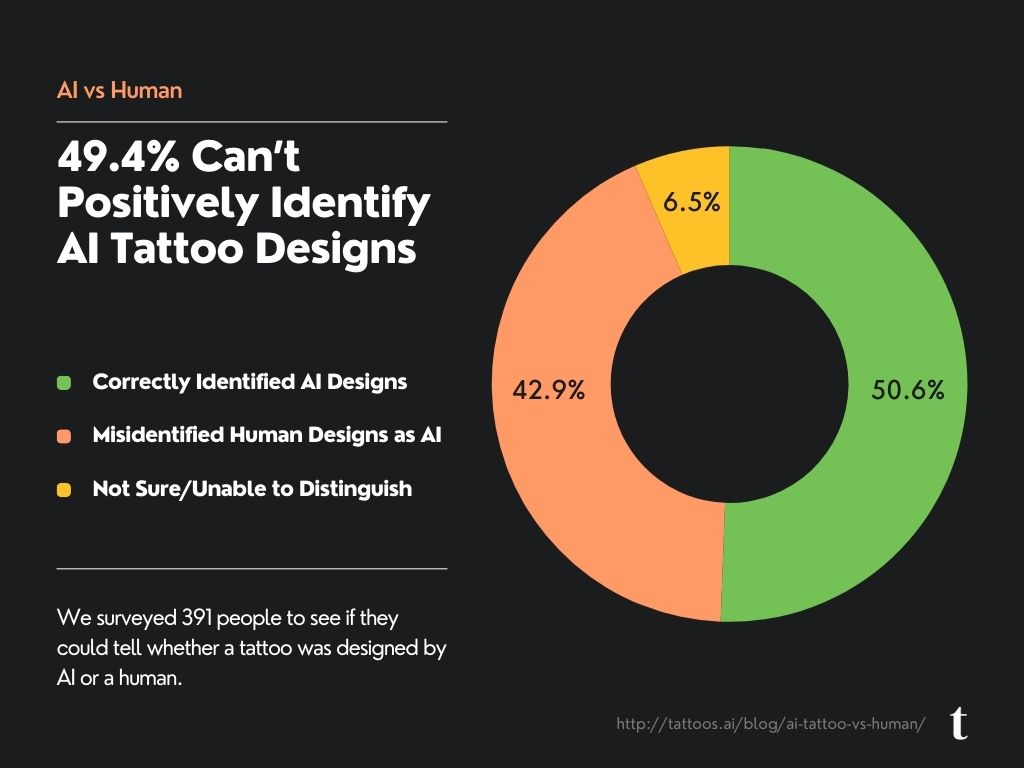
Breakdown by Gender: Similar Challenges Across the Board
When we examined the results by gender, we found that the differences were minimal, suggesting that the challenge of identifying AI-generated designs is shared across all gender groups.
Men: 51.7% of men correctly identified AI designs, with 42.1% mistaking human designs for AI and 6.1% unsure.
Women: Women performed similarly, with a 50.5% success rate, 43.4% misidentifications, and 6.1% unsure.
Other: Participants identifying as neither male nor female had a slightly lower correct identification rate (45.6%) and a higher rate of uncertainty (10.2%), indicating that AI might be particularly tricky to identify for those outside traditional gender norms.
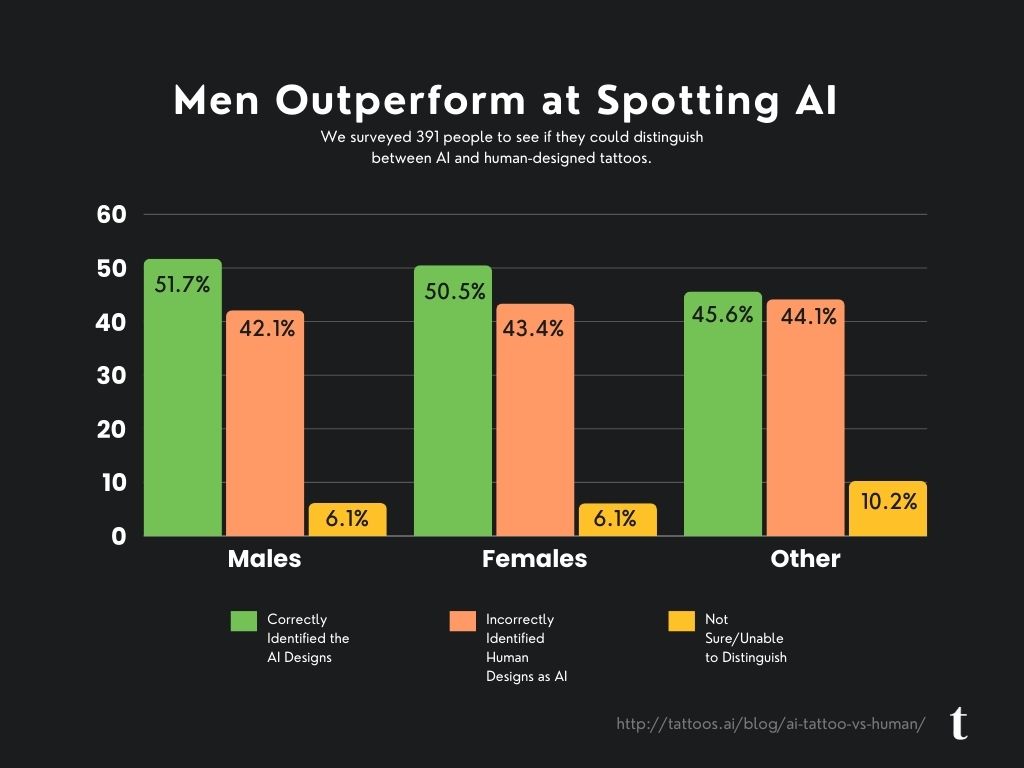
Breakdown by Age: Generational Differences in Perception
Our experiment revealed interesting generational differences in the ability to discern AI from human design, suggesting that familiarity with technology might play a role.
Under 18: This group was the most accurate, correctly identifying AI designs 60.4% of the time. They were also the least likely to misidentify human designs as AI, perhaps indicating a comfort with AI that older generations lack.
18-24: Participants aged 18-24 also performed well, with a 54.3% correct identification rate, suggesting that younger generations are attuned to the nuances of AI-generated art.
25-34: The accuracy dropped slightly in this age group, with a correct identification rate of 48.5%, indicating a transitional phase where the lines between AI and human creativity are more blurred.
35-44: The trend continued with this group, where only 46.1% correctly identified AI designs, showing that the challenge increases with age.
45-54: This group had one of the lowest correct identification rates at 44.7%, with 45.9% of human designs being mistaken for AI, reflecting a growing challenge in distinguishing between the two.
55-64: The accuracy dipped further to 44.4%, with this group being the most likely to misidentify human designs as AI (53.3%), highlighting the difficulty older generations may face in adapting to AI advancements.
65 and above: Interestingly, this group matched the under-18s with a 60.0% success rate in identifying AI designs, suggesting that experience and wisdom may still play a role in navigating new technology.
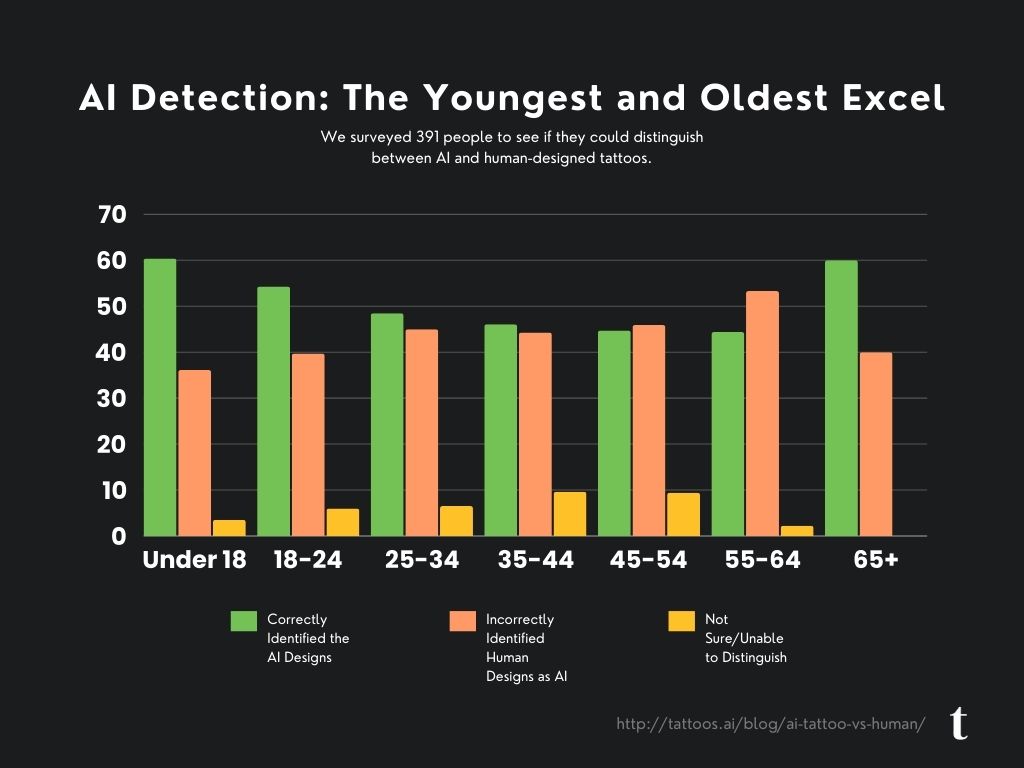
Design Breakdown: Some Styles Still Hold Human Secrets
The style of the tattoo design significantly influenced participants’ ability to correctly identify AI-generated art. While some styles were easily identified, others posed a greater challenge.
Realistic Style: AI excelled in this style, with 73.5% of participants correctly identifying the AI-generated designs, showing that realism is a strength of AI.
Minimalist Style: AI-generated minimalist designs were correctly identified 56.0% of the time, reflecting the simplicity yet deceptive nature of this style.
Retro Style & Surrealism Style: Both styles saw a 60.8% correct identification rate, indicating that AI is making significant strides in these unique styles.
Fine-line Style: Participants correctly identified 54.7% of AI designs in this style, suggesting that AI is becoming proficient in fine-detail work.
Tribal Style: AI designs were correctly identified 51.9% of the time in this traditional style, showing that AI can replicate even culturally significant designs.
Continuous-line Style: This style had a lower correct identification rate of 46.6%, indicating that it might still retain some distinctly human elements.
Japanese Style: AI was correctly identified 45.8% of the time, suggesting that this intricate style remains challenging for AI to fully replicate.
Watercolor Style: This style proved the most challenging, with only 34.1% of participants correctly identifying AI-generated designs, highlighting the organic complexity that AI still struggles with.
Traditional Style: Surprisingly, traditional tattoo designs generated by AI were only correctly identified 21.4% of the time, indicating that this classic style still holds secrets that AI has yet to master.
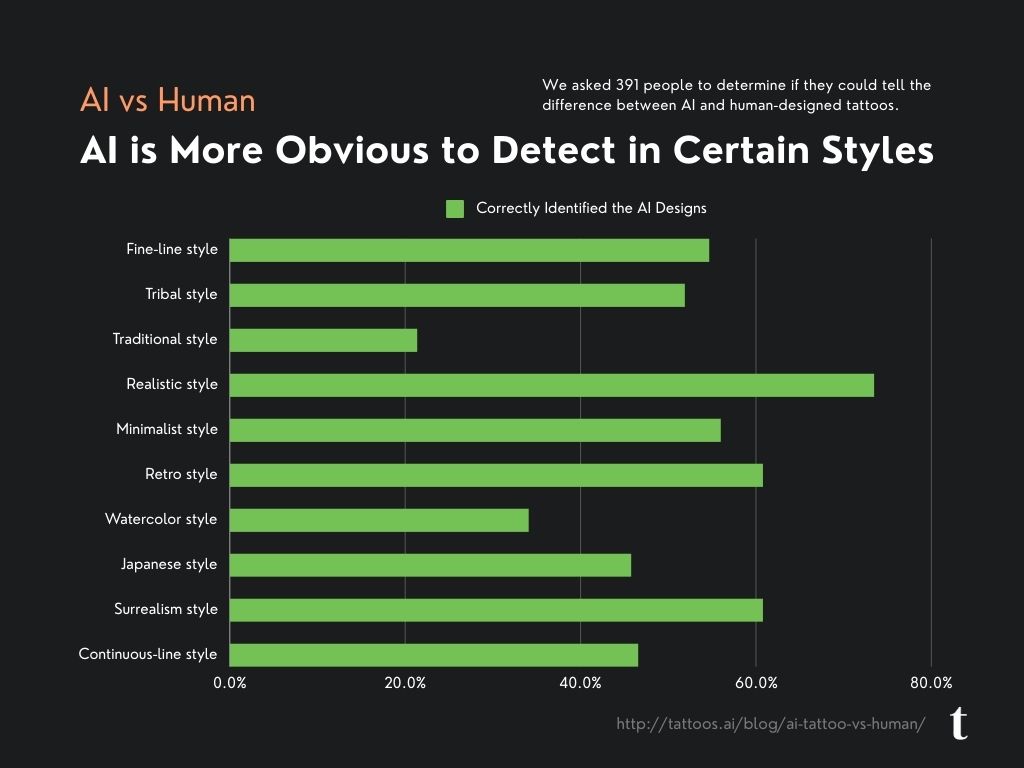
The 10 Tattoo Design Sets: Can You Spot the AI?
Below are the ten sets of tattoo designs that were presented to the survey respondents. Each set includes one design created by AI and one crafted by a human artist. Test yourself: can you tell which is which?
Realistic Style:
- Correctly Identified AI: 51%
- Incorrectly Identified Human Designs as AI: 32%
- Not Sure: 17%
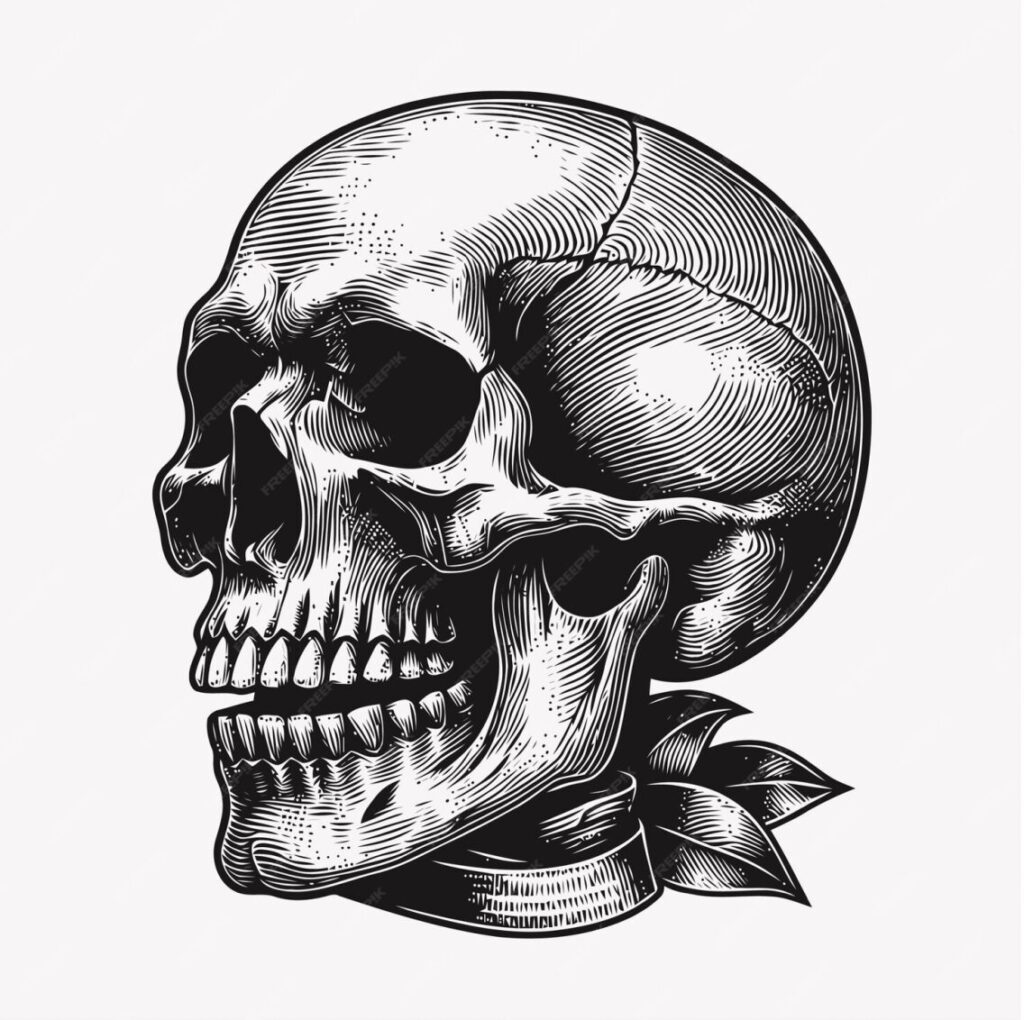
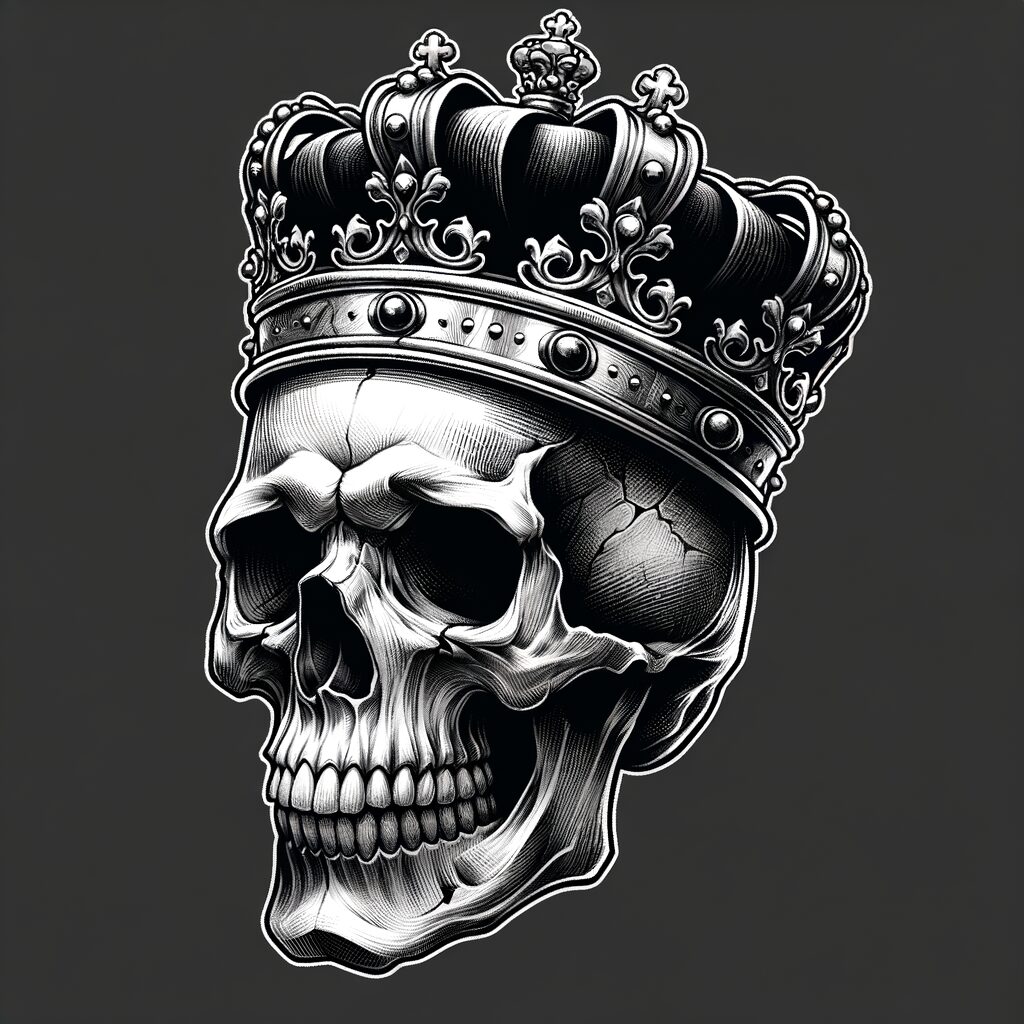
Continuous line Style:
- Correctly Identified AI: 51%
- Incorrectly Identified Human Designs as AI: 32%
- Not Sure: 17%
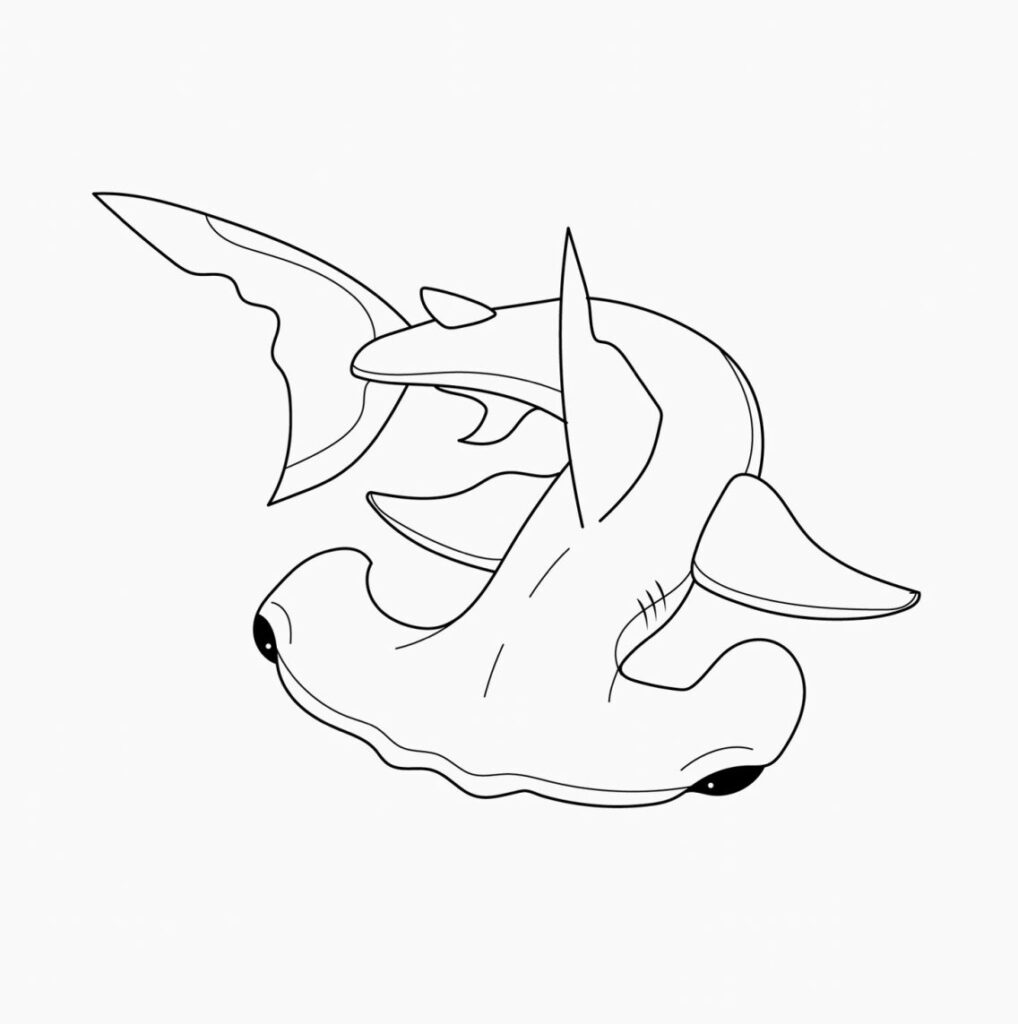
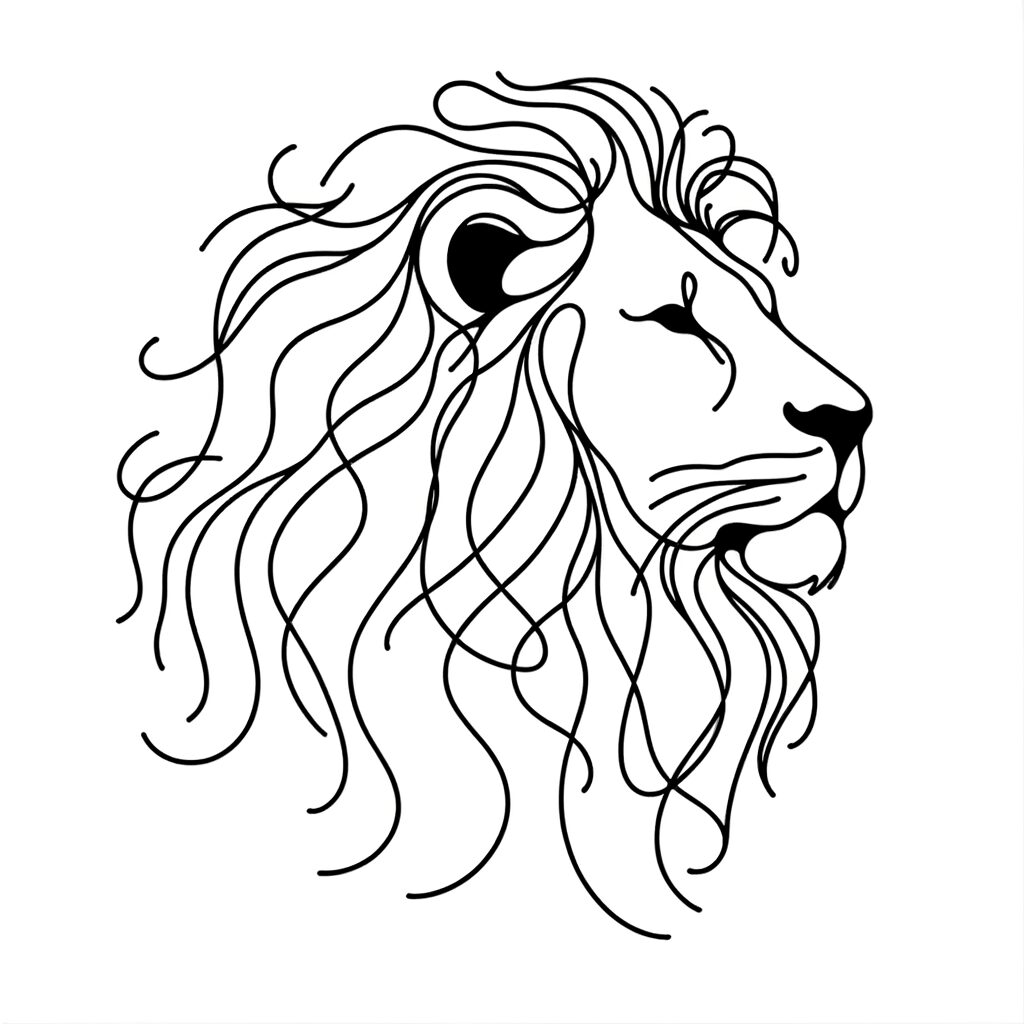
Tribal Style:
- Correctly Identified AI: 51%
- Incorrectly Identified Human Designs as AI: 32%
- Not Sure: 17%
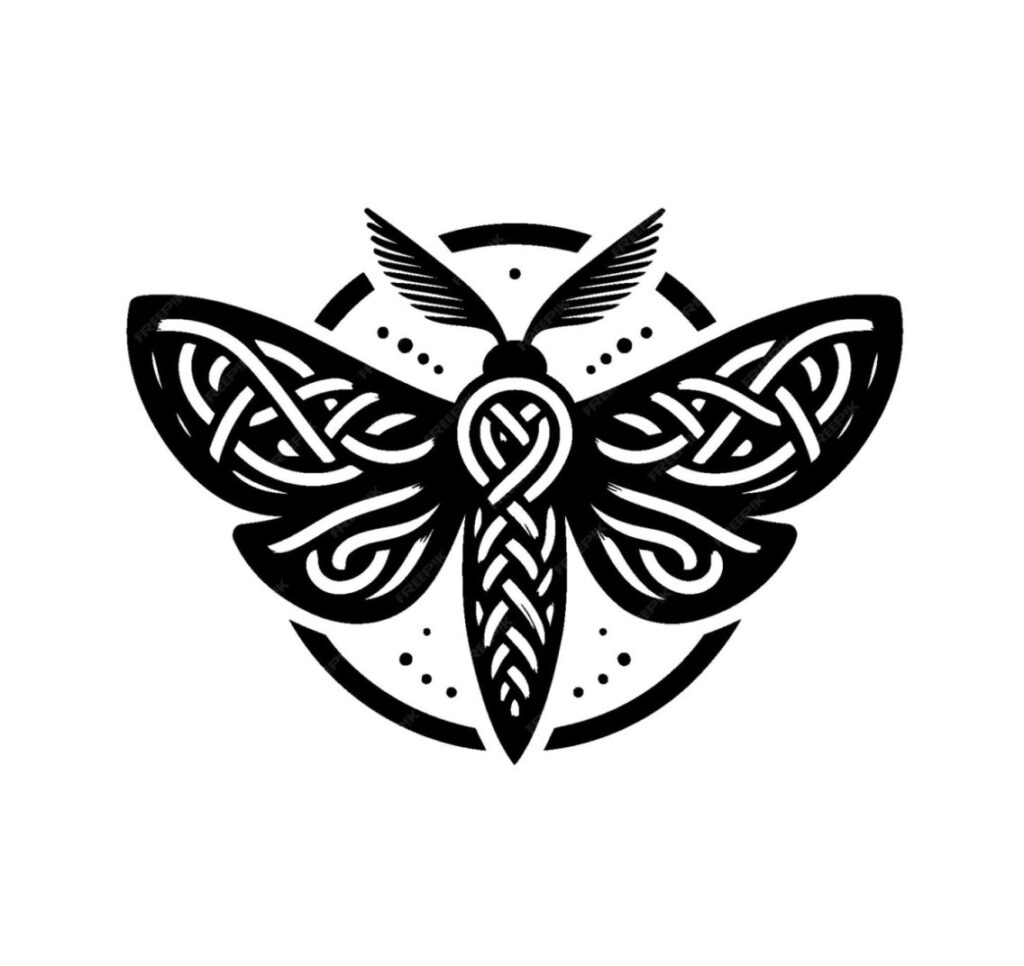
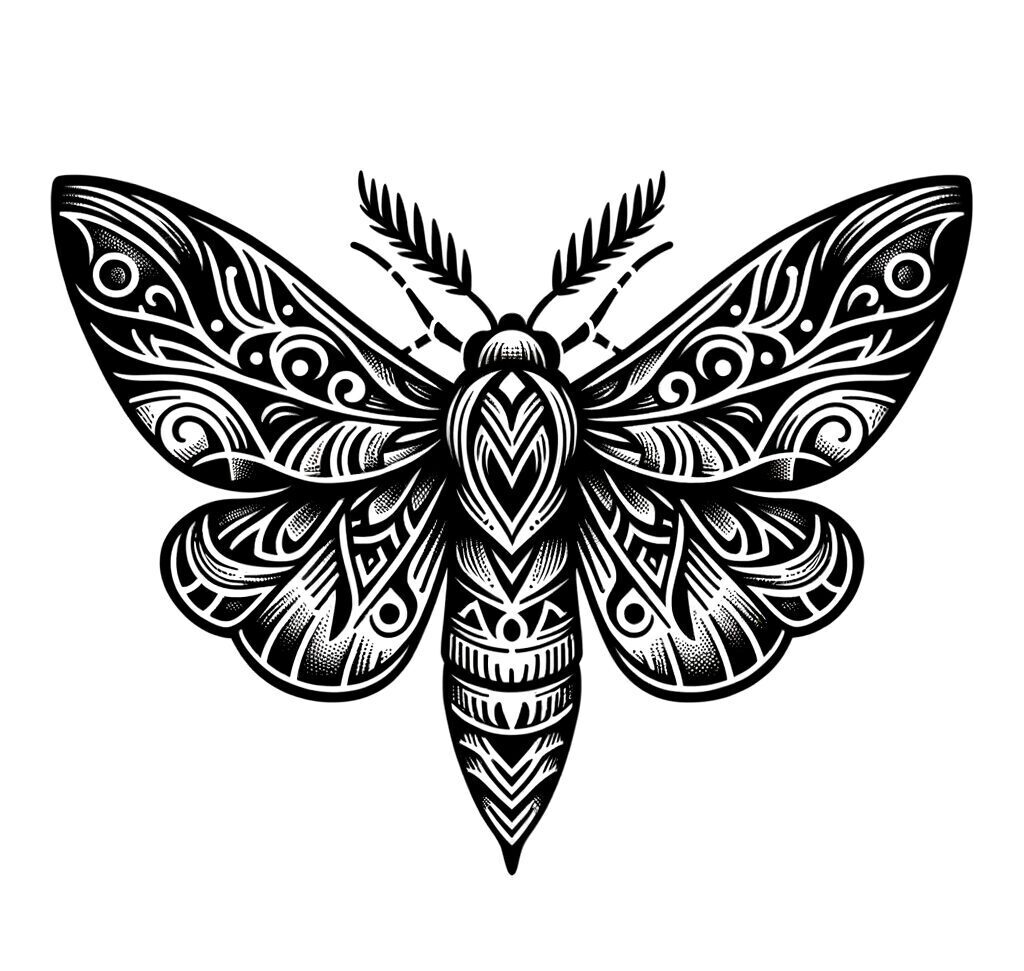
Watercolor Style:
- Correctly Identified AI: 51%
- Incorrectly Identified Human Designs as AI: 32%
- Not Sure: 17%
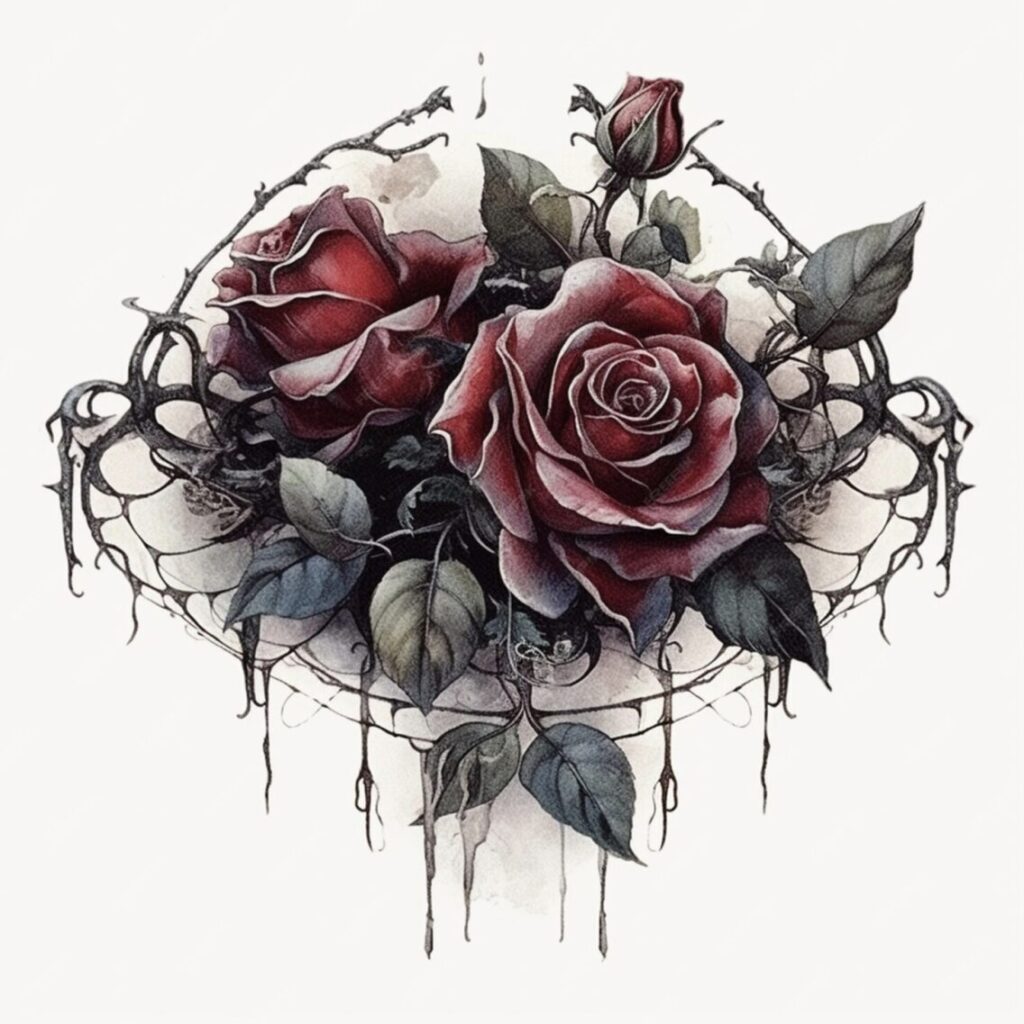
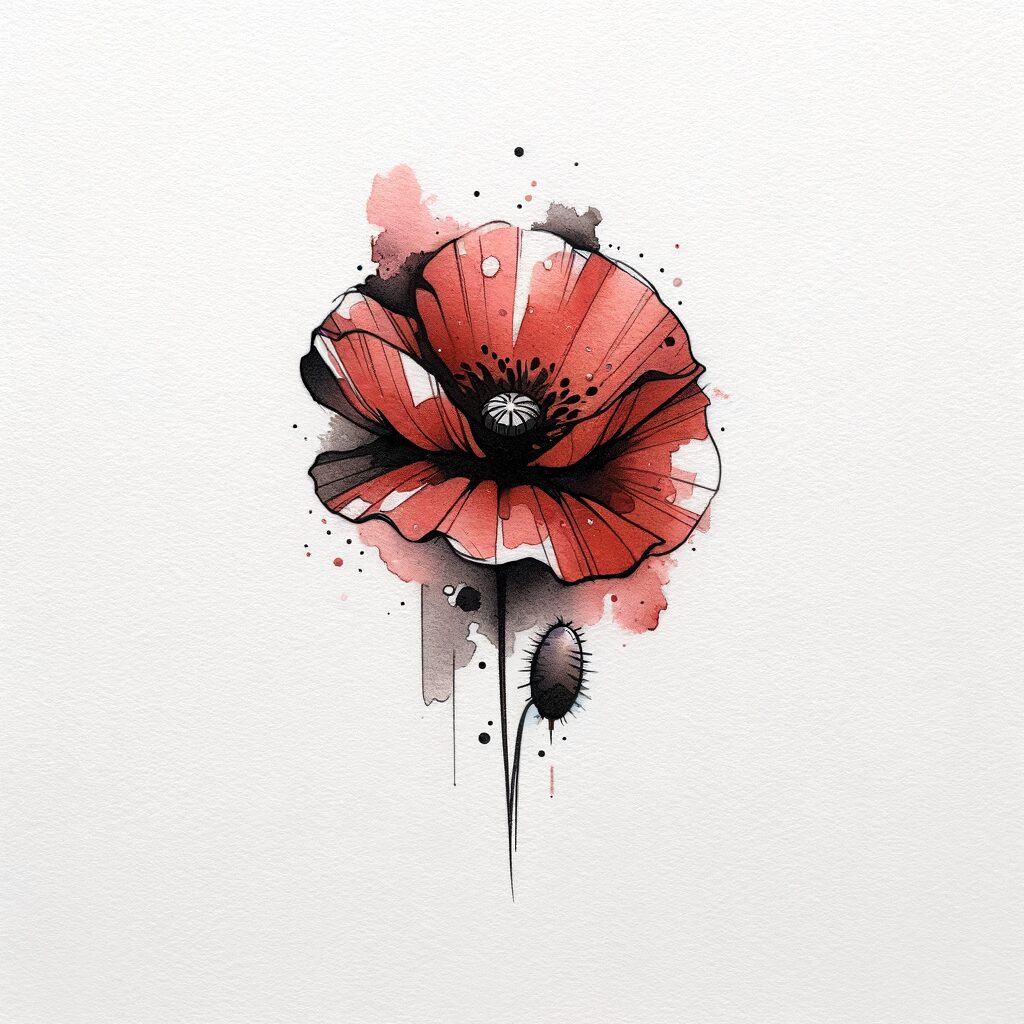
Surrealism Style:
- Correctly Identified AI: 51%
- Incorrectly Identified Human Designs as AI: 32%
- Not Sure: 17%
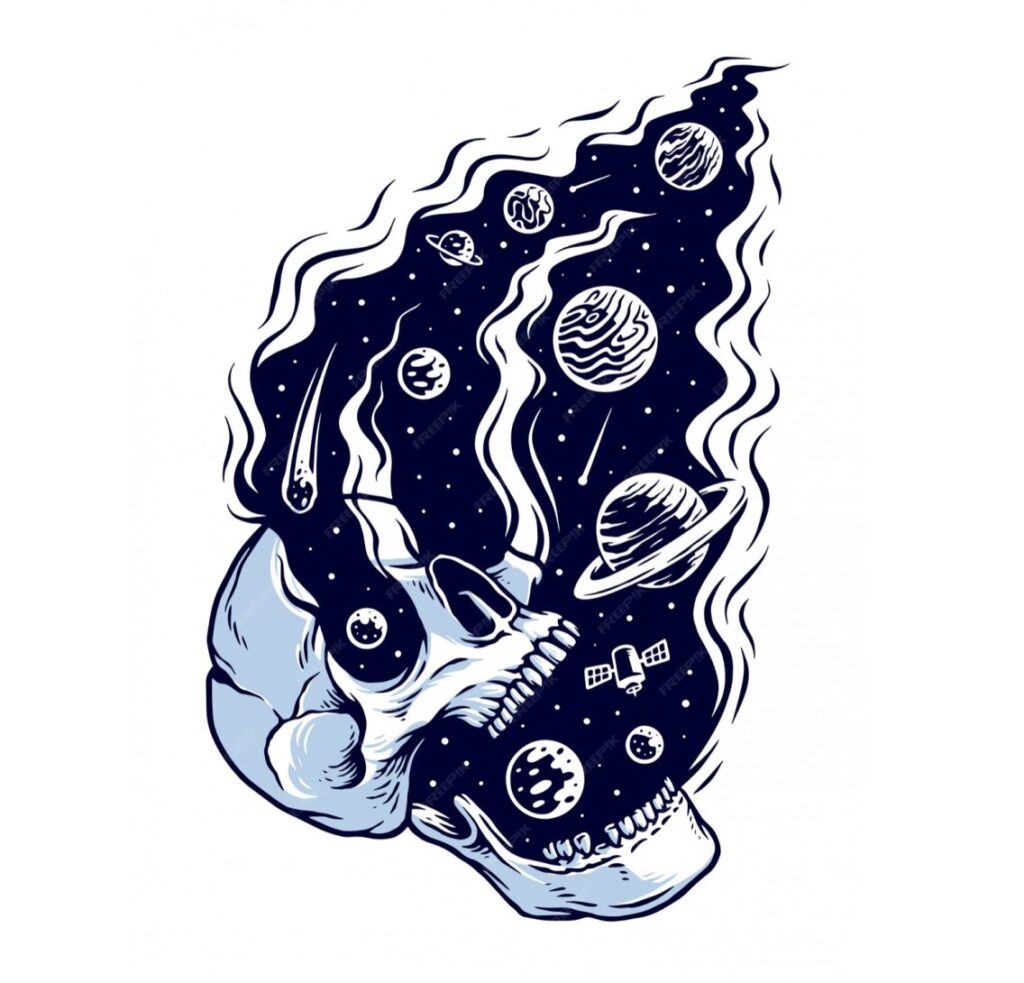
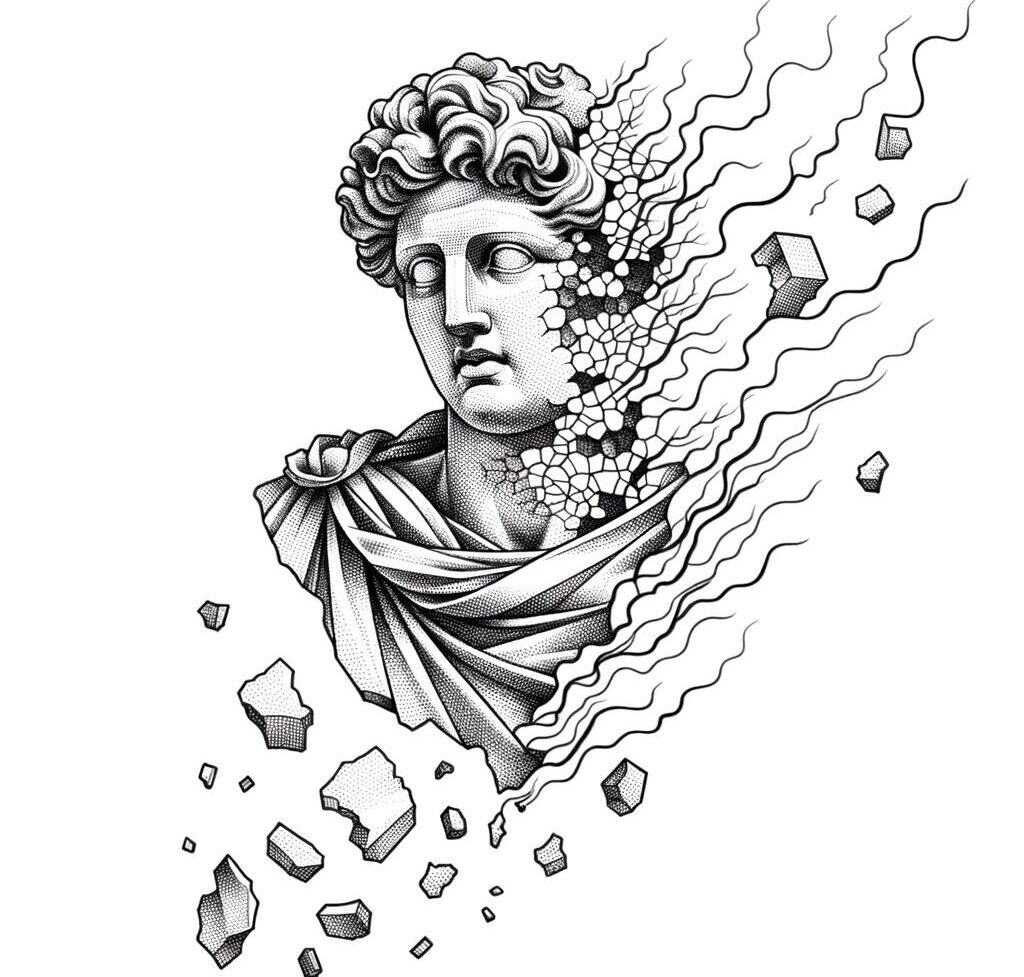
Japanese Style:
- Correctly Identified AI: 51%
- Incorrectly Identified Human Designs as AI: 32%
- Not Sure: 17%
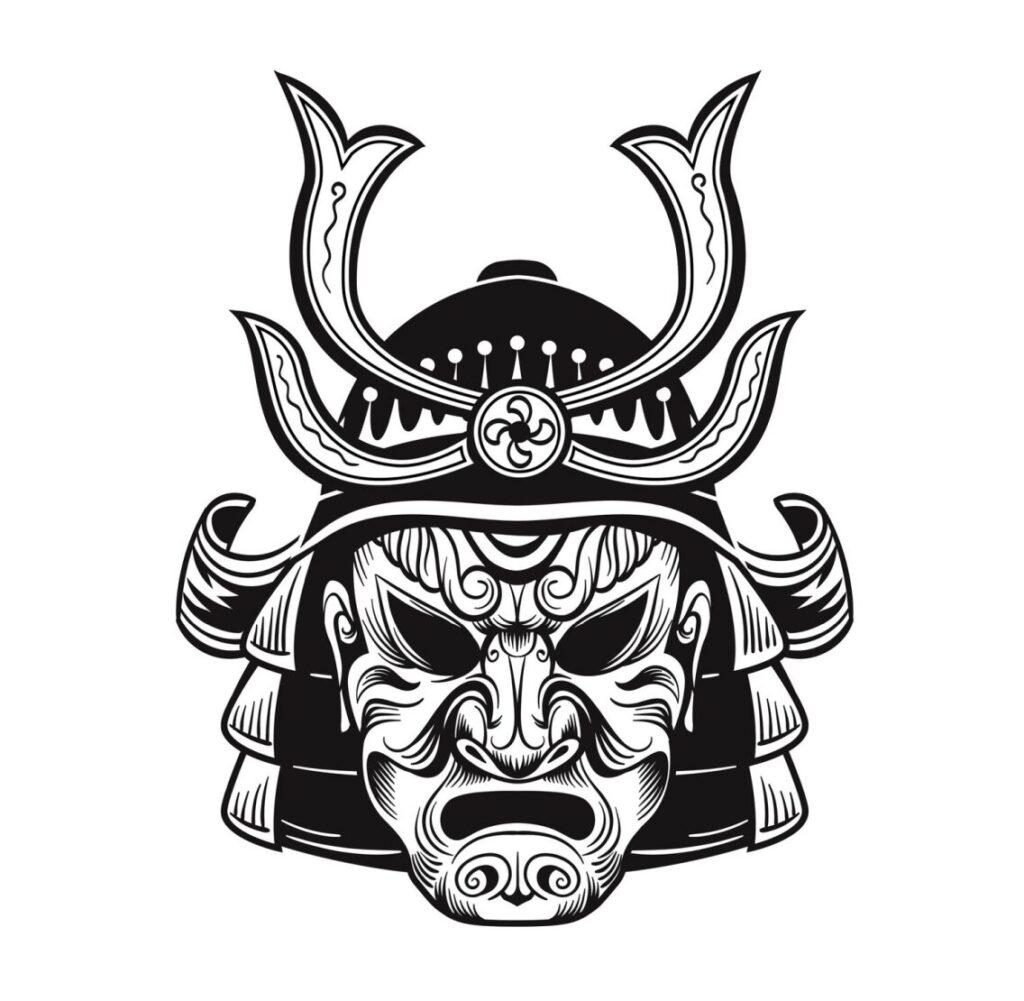
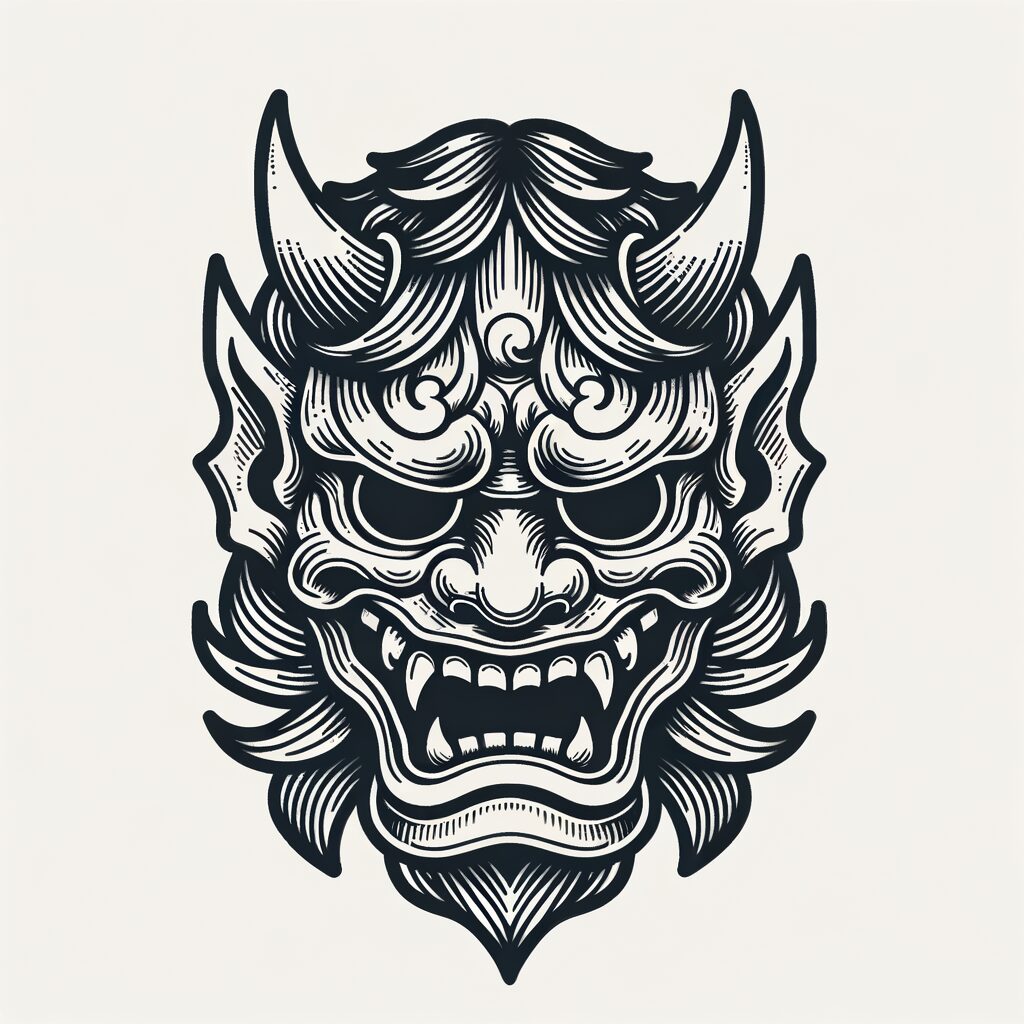
Minimalist Style:
- Correctly Identified AI: 51%
- Incorrectly Identified Human Designs as AI: 32%
- Not Sure: 17%
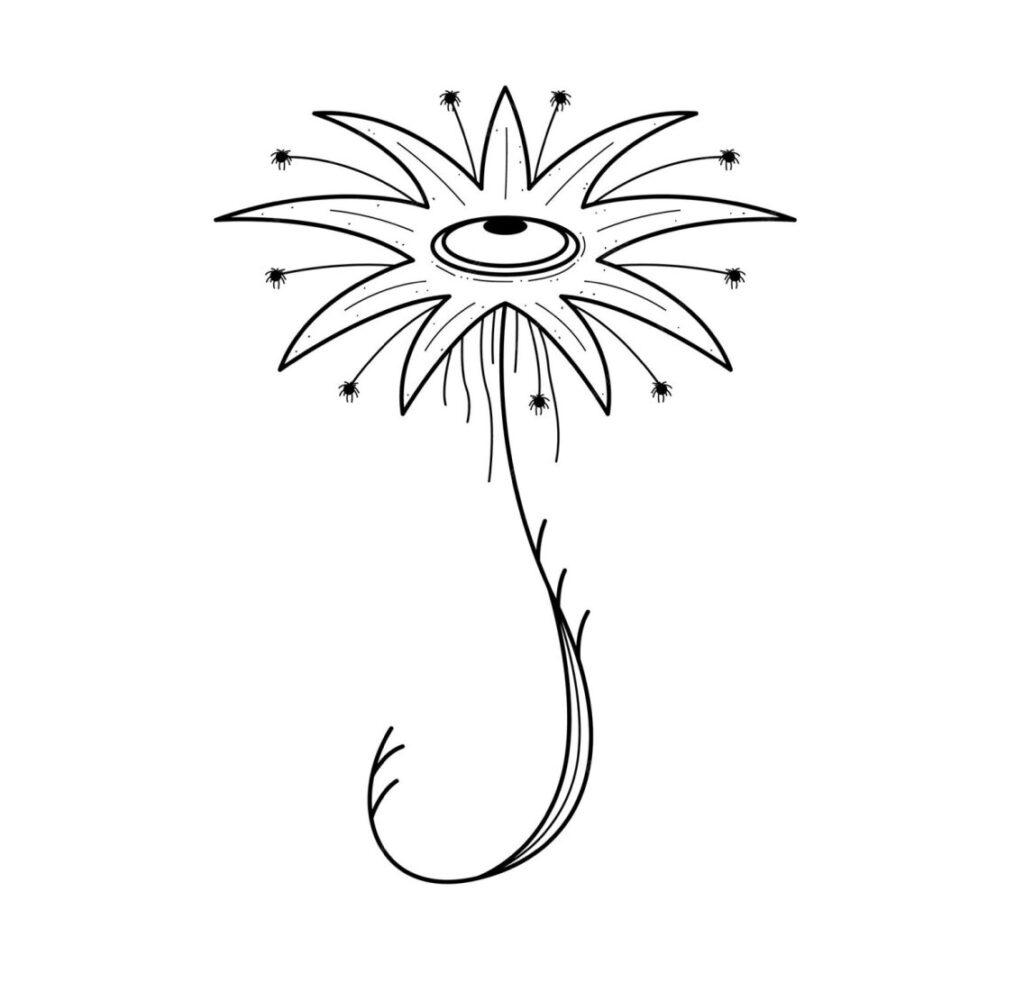
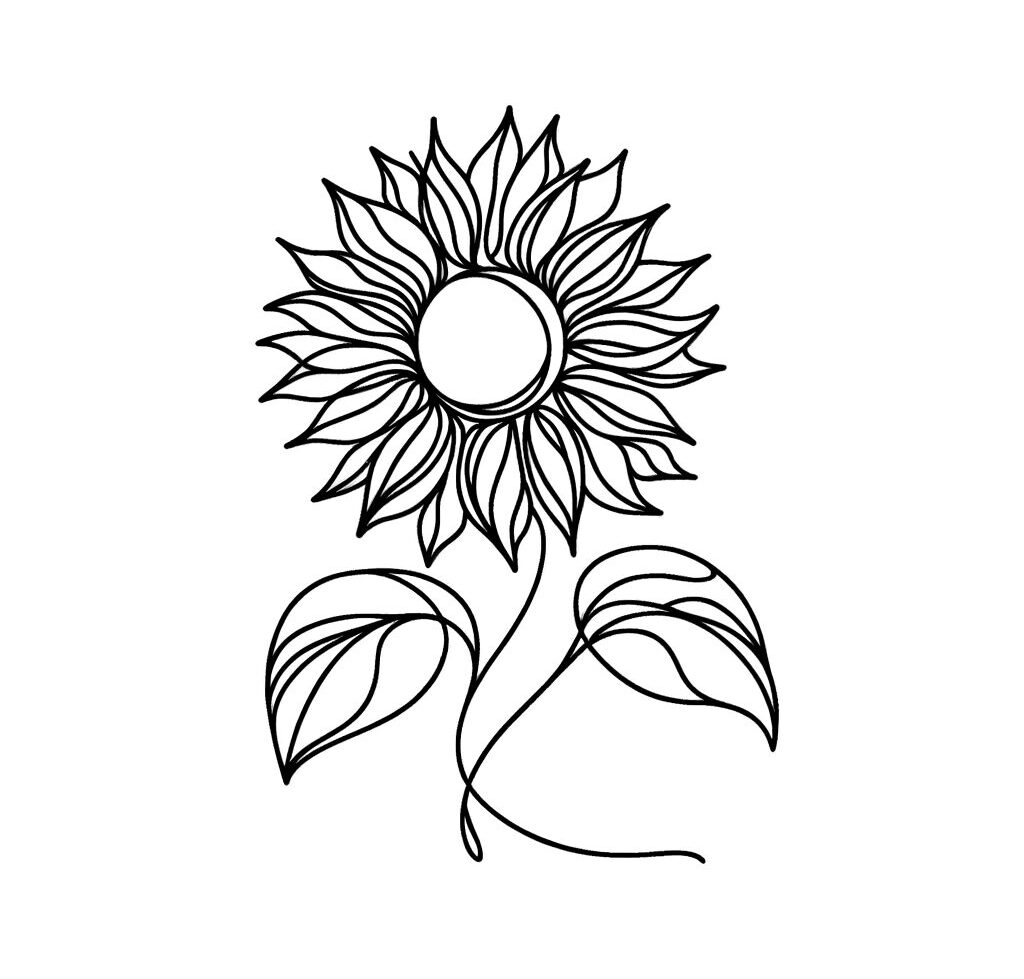
Retro Style:
- Correctly Identified AI: 51%
- Incorrectly Identified Human Designs as AI: 32%
- Not Sure: 17%
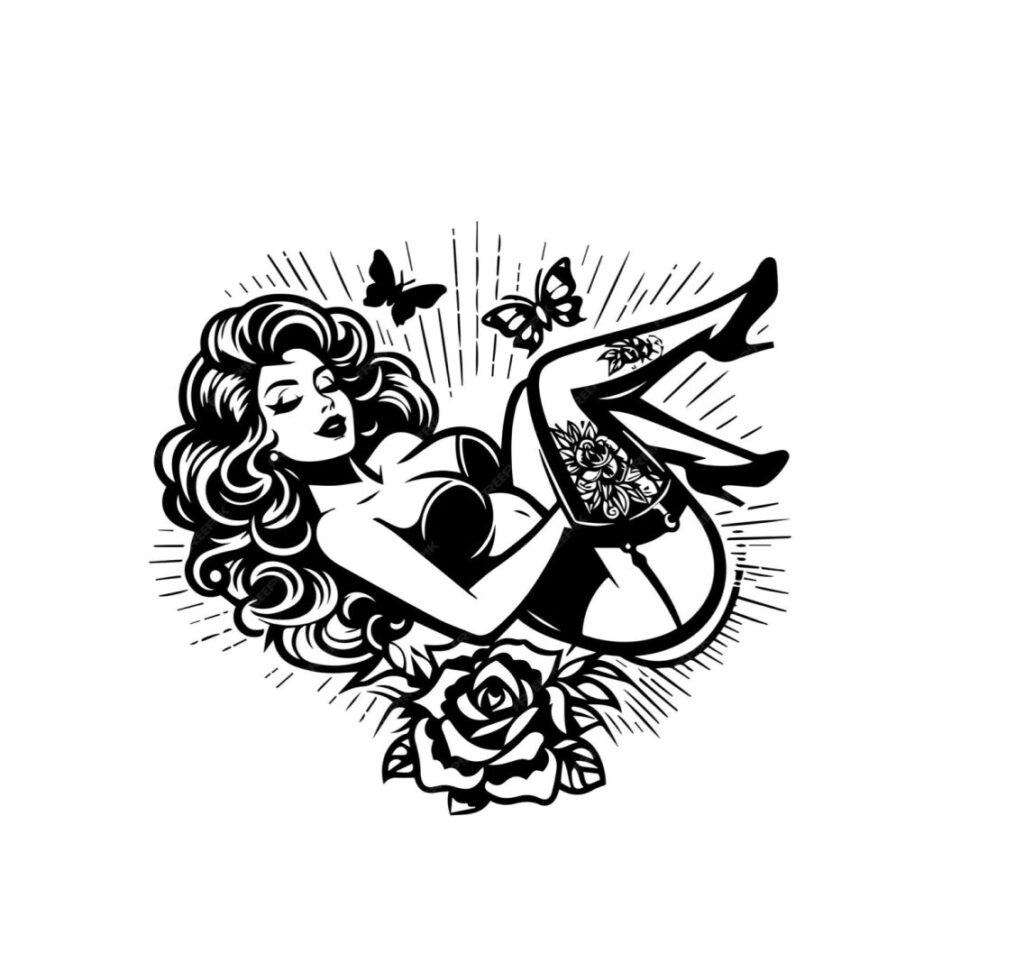
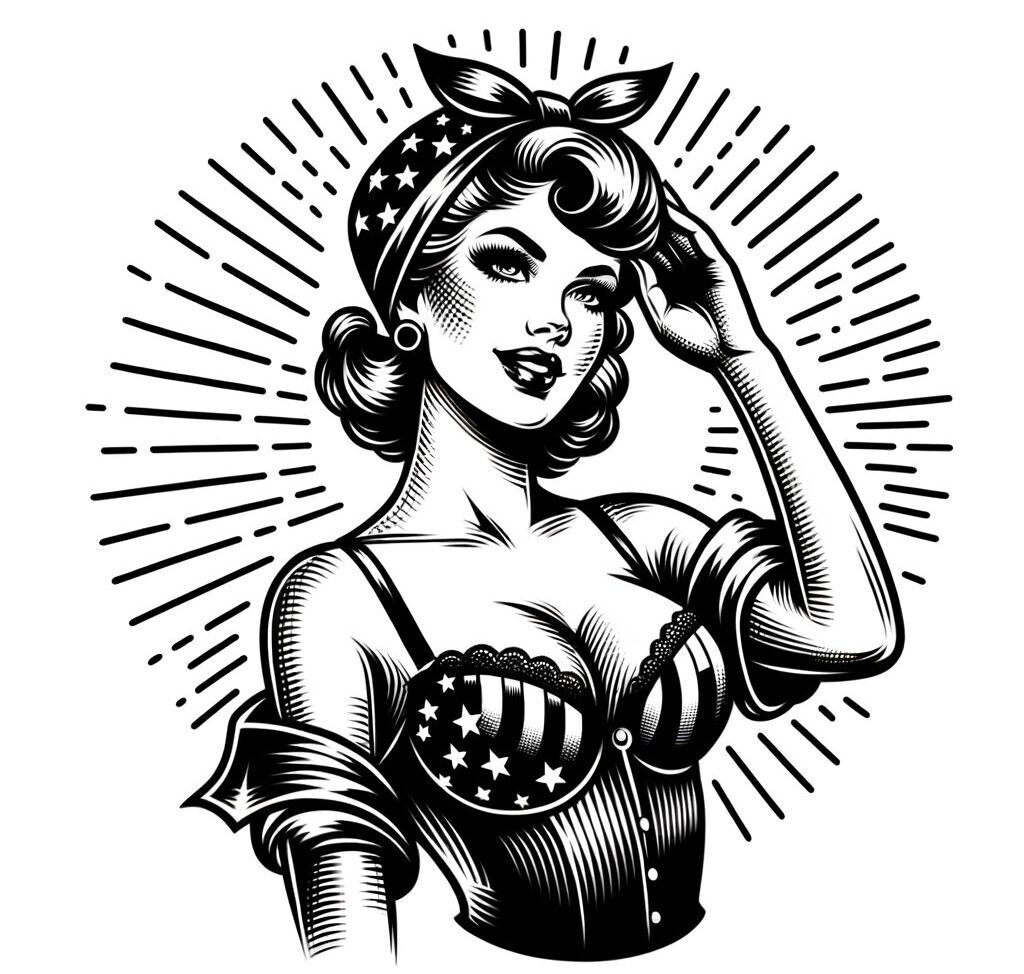
Traditional Style:
- Correctly Identified AI: 51%
- Incorrectly Identified Human Designs as AI: 32%
- Not Sure: 17%

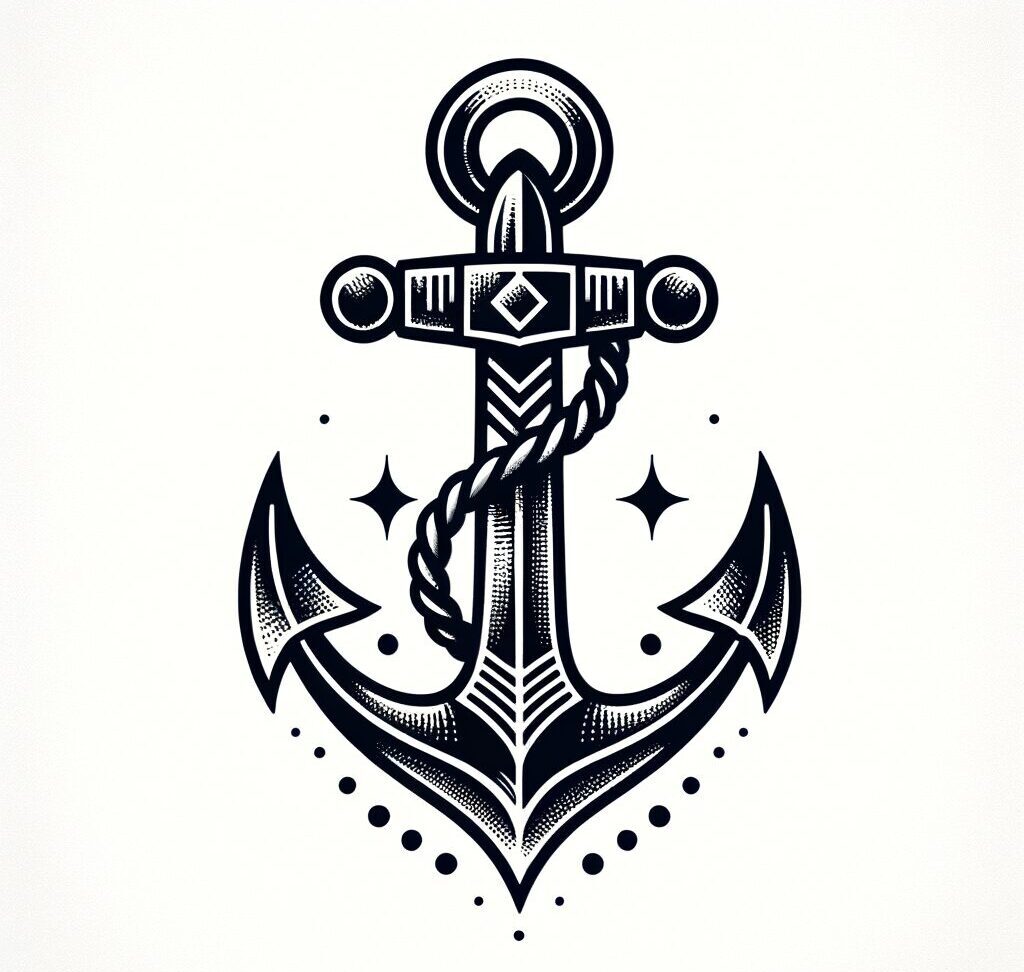
Fine-line Style:
- Correctly Identified AI: 51%
- Incorrectly Identified Human Designs as AI: 32%
- Not Sure: 17%

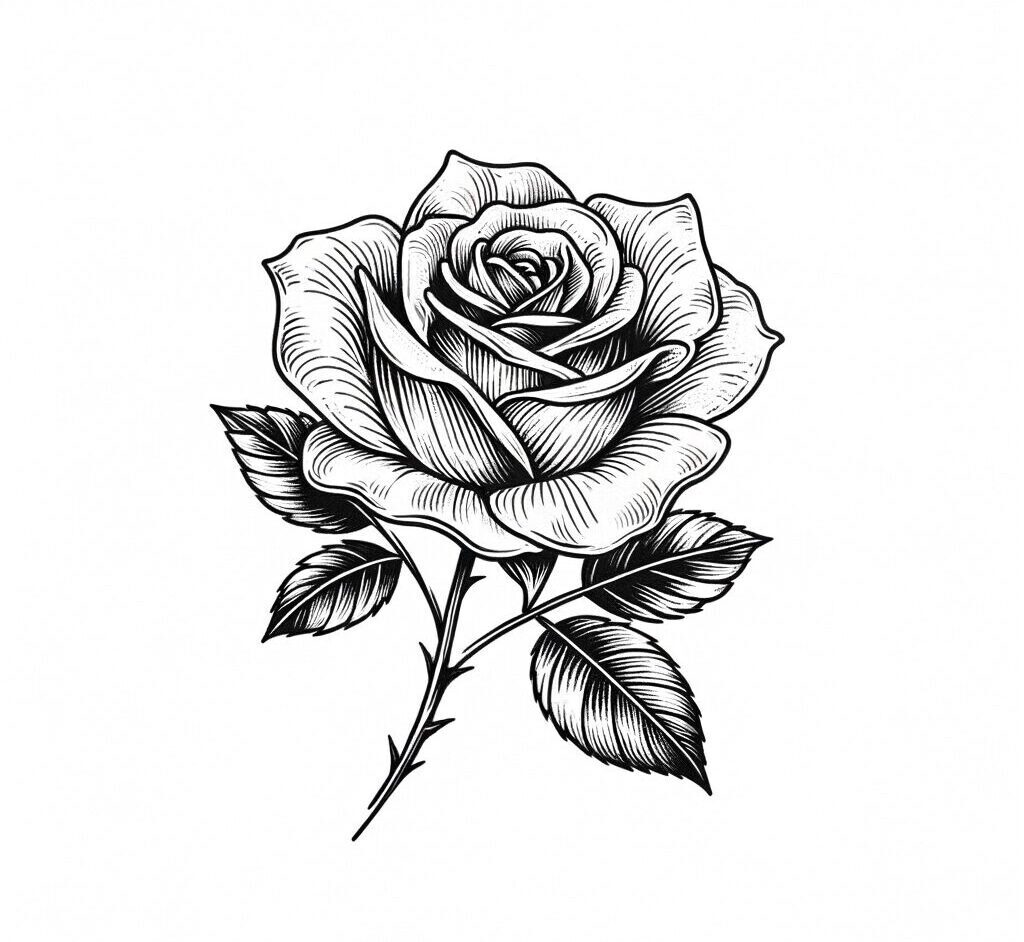
Methodology: How We Conducted the Survey
To ensure the accuracy and reliability of our findings, we designed the survey with careful consideration of sample size and data collection methods.
Objective:
The goal was to assess whether participants could accurately identify AI-generated tattoo designs compared to human-made illustrations.
Sample Size:
We surveyed 391 respondents from a globally representative sample, ensuring a 95% confidence level with a 5% margin of error.
Survey Design:
Participants were shown ten sets of tattoo designs, with each set including one AI-generated design and one human-created design. The order of presentation within each set was randomized to minimize bias. Respondents were asked to choose which design they believed was created by AI or select “Not Sure” if they were uncertain.
Data Analysis:
Responses were analyzed to determine the percentage of correct, incorrect, and uncertain identifications across different demographics, including gender, age, and tattoo style.
Survey Tools:
The survey was conducted using an online platform, allowing us to reach a diverse audience and analyze the data effectively.
The Blurring Line Between Human and AI Creativity
The results of our experiment suggest that AI has made significant strides in creating tattoo designs that are often indistinguishable from those made by humans. With just over half of the participants able to correctly identify AI-generated tattoos, the boundary between human and machine creativity is becoming increasingly blurred. This raises important questions about the future of art and design.
For tattoo artists, these results highlight the need to embrace AI as a tool that can complement human creativity rather than replace it. At Tattoos.ai, we believe that the future of tattoo art lies in collaboration—where AI can enhance and expand the possibilities of what artists can create, without losing the personal touch that makes tattoo art so unique.
As we move forward, the conversation about AI’s role in the creative process will only grow. While AI is undoubtedly a powerful tool, the human element remains irreplaceable. Together, we can explore the potential of this new technology while preserving the artistry and individuality that define the tattoo industry.